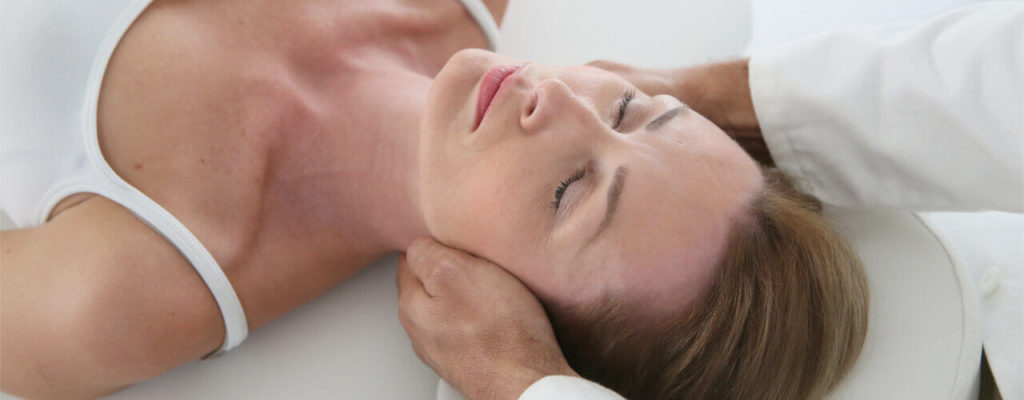Imagine that you wake up one day and feel excruciating pain on either one or both sides of your jaw. But you remember not getting hurt. So what could be the cause of this out-of-the-ordinary pain? And how can you fix it?
The TMJ, or temporomandibular joint, is the part that connects your lower jaw bone to the skull. The joints are located on both sides of your face in front of your ears. The primary function of the TMJ is to assist in movements like speaking and chewing.
Your dentist advises TMJ therapy if you experience any of the following signs and symptoms –
Pain
The most apparent symptom indicating a TMJ disorder is pain. You can feel this pain while moving your jaw.
You can also experience pain in the muscles of your face and have constant headaches or migraines. Additionally, neck ache, backache, or earaches can indicate a TMJ disorder.
Actions like talking, yawning, chewing, etc., become difficult due to pain. You might also notice swelling in certain areas of your face.
Sounds
This symptom is usually painless and presents as a clicking, popping, or grinding noise. You will hear these sounds when you open your mouth, talk, or eat.
However, noises that accommodate a moving jaw aren’t always a cause for concern. If you experience the sounds alongside limited jaw movement or pain, your dentist might advise TMJ therapy.
Problems with the temporomandibular joint can occur due to injury to the joint or surrounding areas. The other causes for TMJ disorders are –
Problems with the TMJ can be temporary or constant (chronic). Research also shows that women experience TMJ disorders more than men, which can develop between 20 and 40 years of age.
TMJ dysfunctions are diagnosed during a dental checkup. If you complain to your dentist about any pain or numbness around the jaw bone, they will perform the following tests –
Additionally, your dentist might recommend radiographs to evaluate the jaw joints and determine the extent of the problem.
Panoramic X-rays
Panoramic X-rays show an overview of your teeth, jaw bone, and the TM joints.
CT Scans
CT scans capture multiple images of your teeth, bones, and sinuses. These images stitch together to provide a detailed 3D image. Your dentist can get an informative view of what is going on underneath.
MRI Scans
Magnetic Resonance Imaging, or MRI, allows your dentist to view soft tissues in and around the jaw joint area. The images show the position of the joint disc, inflammation, or any jaw locking. This helps the dentist assess if the TMJ disc is in good condition and functioning properly.
Each case of TMJ disorder is different. While some may subside on their own, others require professional help.
There are different kinds of TMJ therapy available. Based on their assessment, your dentist will recommend which will work best for you.
They might ask you to follow more than one kind of TMJ therapy at a time.
Other Forms of TMJ Therapy
Nondrug TMJ therapy includes –
Surgery
This is never the first step in TMJ therapy and is advised when everything else fails to provide relief. Depending on the scenario, your dentist might recommend injections at the TMJ site or even open-joint surgery.
As dental professionals, we understand that a painful jaw can be an incredibly distracting thing. Unable to perform basic tasks deeply affects your everyday life and mental health. So if you have been experiencing any issues with talking, yawning, or eating food, please do not hesitate to reach out to us.

